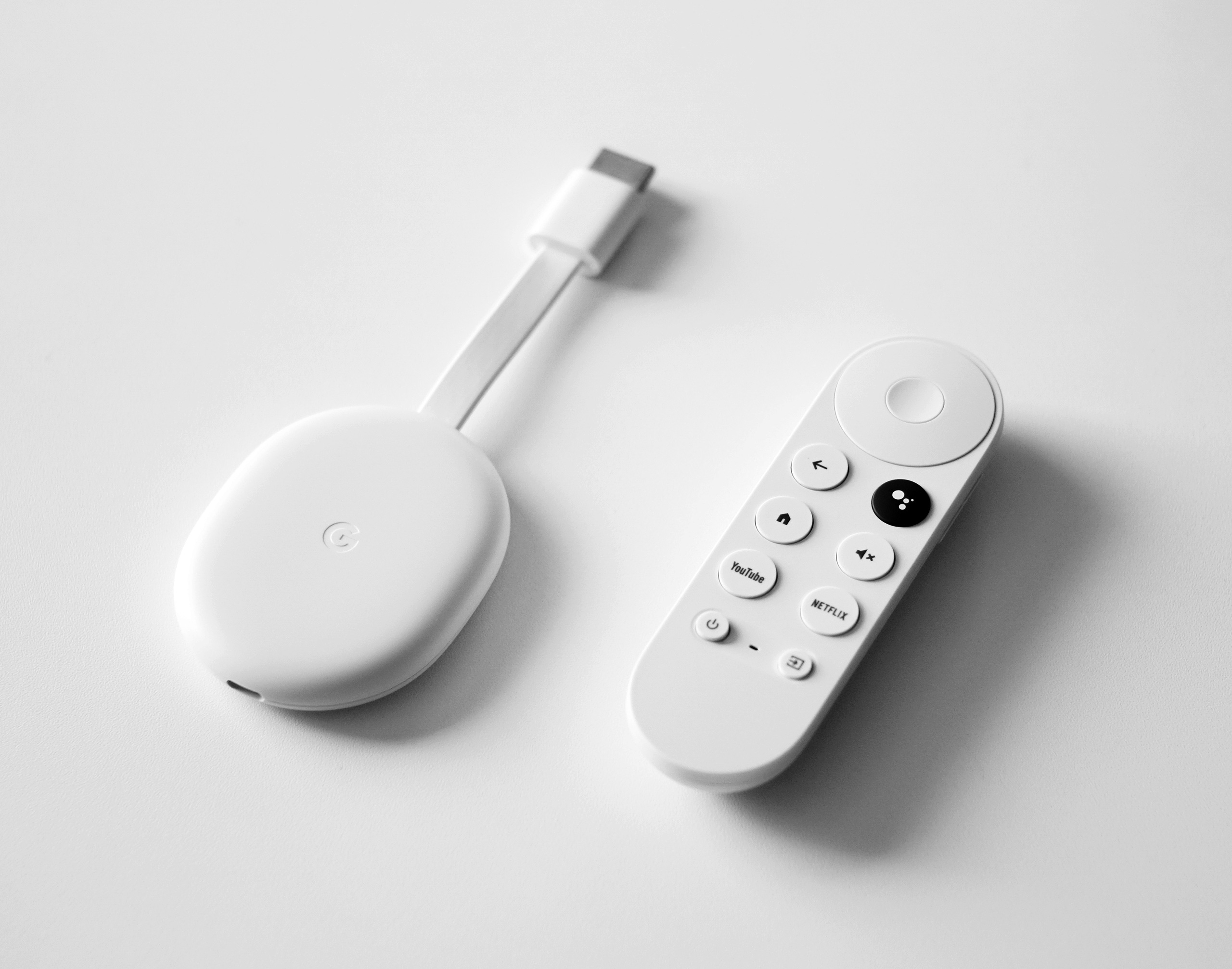Software Development
Simplifying Chromecast emulation for developers.
April 15, 2025

Developers building streaming applications often face challenges when developing for Chromecast devices. Testing across a variety of devices can be slow, costly, and sometimes inconvenient. What if you could emulate Chromecast functionality locally, right in your browser?
Why build a local Chromecast emulator?
Over the years, we’ve created multiple applications with a variety of advanced features like dynamic ad insertion, DRM, complex content resolvers and custom message handling. During that time, we found that developing for Chromecast came with several challenges:
- Limited access to devices: Developers may not always have Chromecast hardware on hand, especially when working remotely or across distributed teams. Sometimes your Chromecast is in the other room. Sometimes it’s at work and you’re at home. Sometimes, you just want to develop… without the hassle of a Chromecast device.
- Slow iteration cycles: Sometimes your Chromecast is hard to get running. Device startup times, VPN tunneling, and CORS-related challenges can significantly slow down development.
- Cost barriers: Registering with the Google Cast SDK Developer Console and managing multiple test devices can be a struggle, not to mention expensive.
Building a local emulator allowed us to solve these issues while streamlining development and debugging workflows. By integrating this emulator into existing workflows, developers can rapidly prototype features, debug sender-receiver interactions in real time, and test playback scenarios without the overhead of managing physical Chromecast devices. This tool bridges the gap for teams working remotely or across distributed environments, ensuring seamless collaboration and faster iteration cycles.
How Chromecast works.

At its core, Chromecast has two key components:
- Receiver Application:
- A static HTML webpage using the Cast Application Framework (CAF) SDK.
- Handles requests like playback control, volume changes, and media fetching.
- Sender Application:
- Typically an app (web, iOS, or Android) that communicates with the receiver via WebSockets to send playback commands and other messages.
The communication between these components relies on WebSocket messages encoded with specific namespaces (e.g., urn:x-cast). These messages define intents such as LOAD, PLAY, or PAUSE, facilitating seamless interaction between sender and receiver.
How we built it.
The local Chromecast emulator consists of three main components:
- WebSocket Server (WSS):
- Mimics Chromecast’s native WebSocket server running on ws://localhost:8008/ipc/v2.
- Listens for and rebroadcasts typical Chromecast messages to the receiver.
- Receiver Application:
- A browser-based implementation of the standard Chromecast receiver.
- Built with Svelte and TypeScript for modular and performant code.
- Incorporates the CAF SDK to support media playback and custom messaging.
- Web Sender w/ WebSocket Support:
- Emulates sender applications without requiring a Google Cast Developer Console account or physical device.
- Wraps intents into the appropriate namespaces and sends them to the WebSocket server.
This architecture allows developers to test the entire lifecycle of a Chromecast session—from connecting a sender to playing media—entirely within a browser. To help, we’ve set up a Chromecast Emulator Demo Repository on Github for you to create your own emulator.
The value of a local emulator.

The emulator streamlines Chromecast development by:
- Rapid Prototyping: Developers can quickly test and iterate on features without the overhead of managing hardware.
- Enhanced Debugging: With all interactions happening locally, tracking issues becomes far simpler.
- Collaboration: Teams can work remotely and still have consistent access to a reliable test environment.
That said, the emulator is not a perfect replacement for physical devices. Features like DRM, platform-specific quirks, and edge cases still require real-world testing to ensure robustness.
Lessons learned.
- The power of WebSockets: Chromecast communication relies heavily on WebSockets. By understanding its message structure, we could emulate sender and receiver interactions seamlessly.
- Rapid iteration benefits: Eliminating dependency on physical devices enabled quicker debugging and testing cycles.
- Physical devices are still essential: While the emulator is invaluable for day-to-day development, final testing on actual devices is irreplaceable for ensuring quality and performance.
- Device-specific behavior: Some platform-specific nuances, such as DRM handling, must be tested on actual Chromecast devices.
- Emulation limitations: The emulator messages the environment to mimic Chromecast behavior, but certain APIs may behave differently in a real-world scenario. The shared emulation solution will only capture the functionality of Android TV Chromecast receivers. Nest Hubs and older gen Chromecasts will not have the same type of layout and startup workflow, but it will be a close comparison when it comes to playback.
Building a local Chromecast emulator is a game-changer for developers, enabling faster iterations and more accessible testing. With the right tools and knowledge, you can simplify your workflow and enhance your app’s performance—no physical Chromecast required.
Need help with Chromecast development?
REDspace can help you optimize your Chromecast development process and build tailored solutions for your streaming application.



